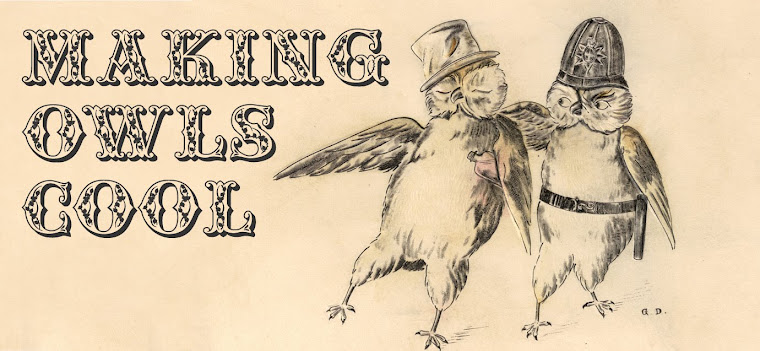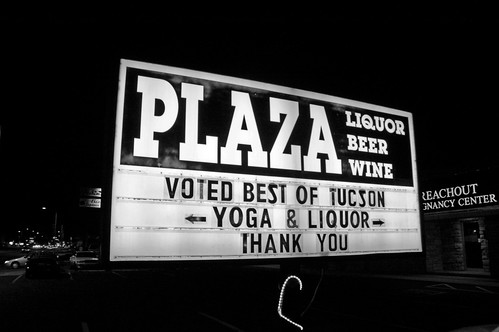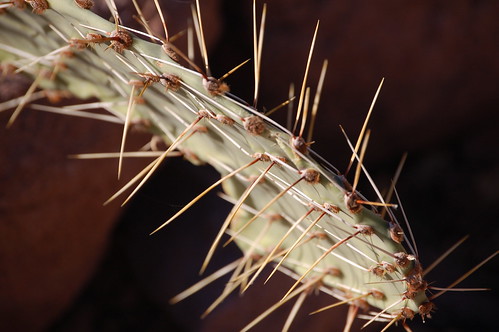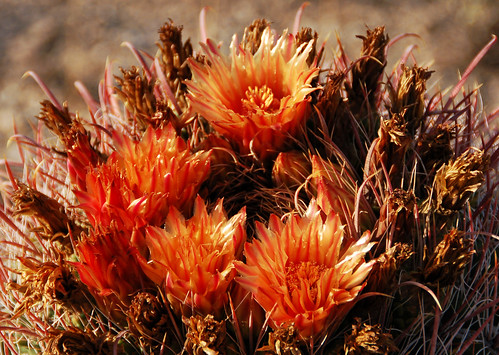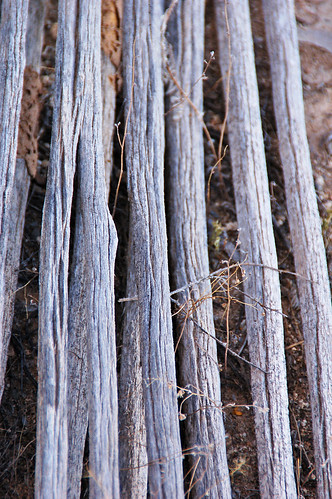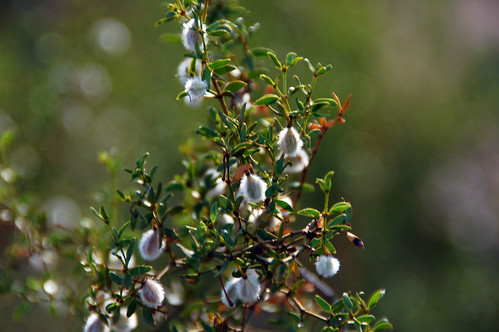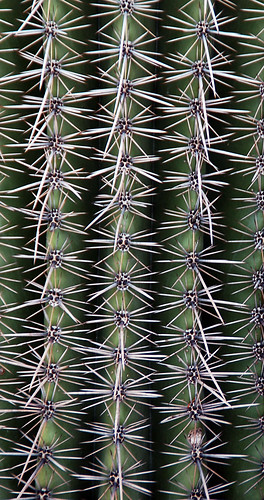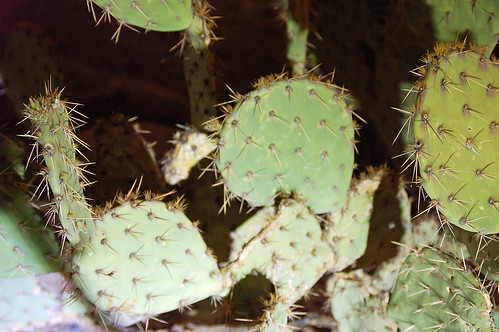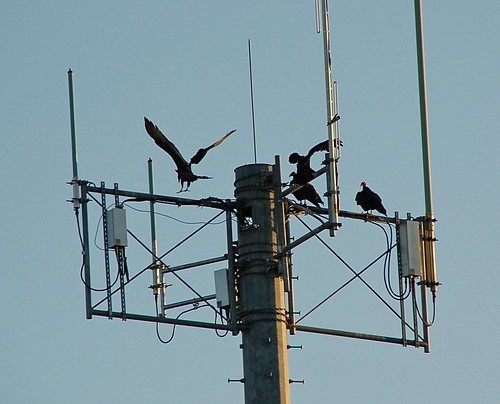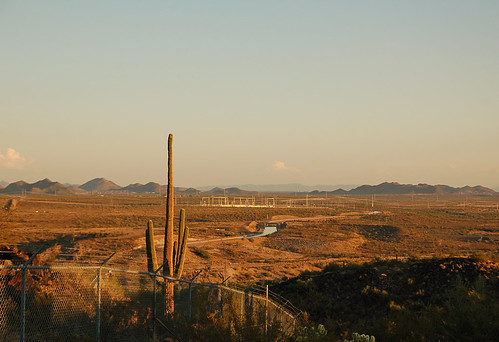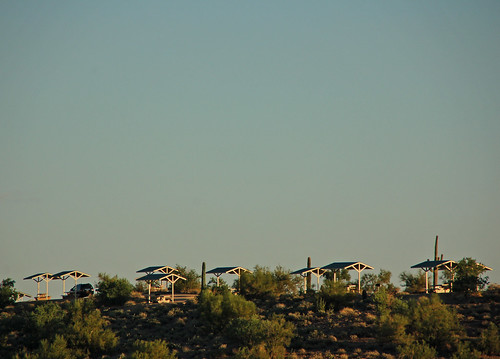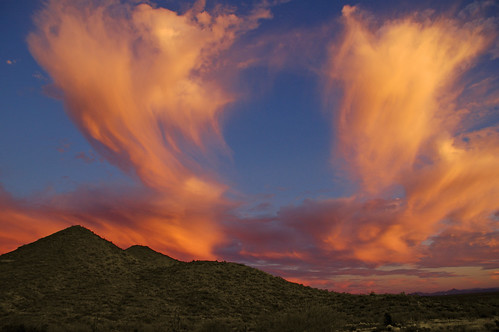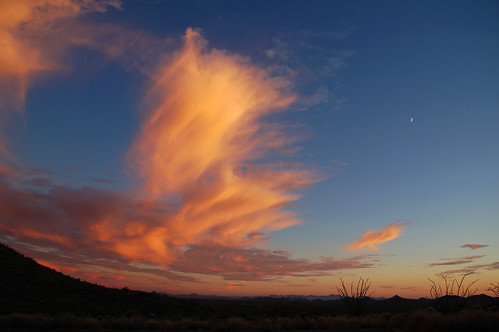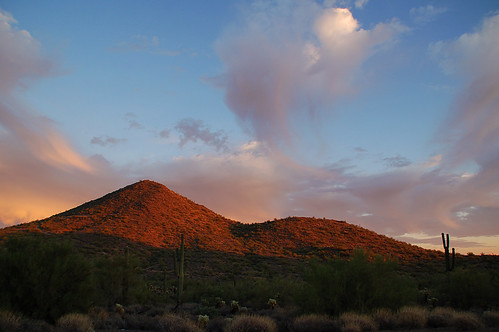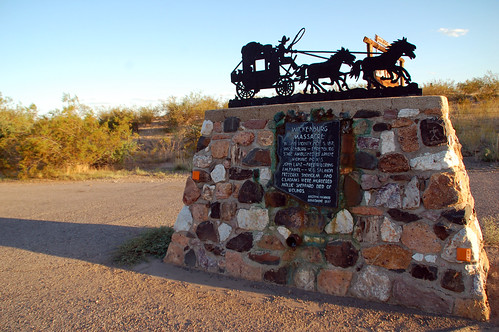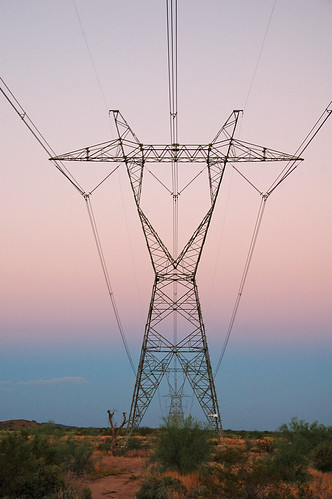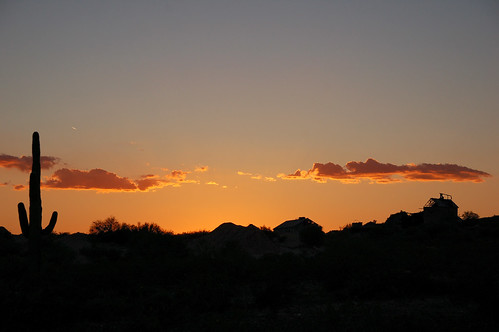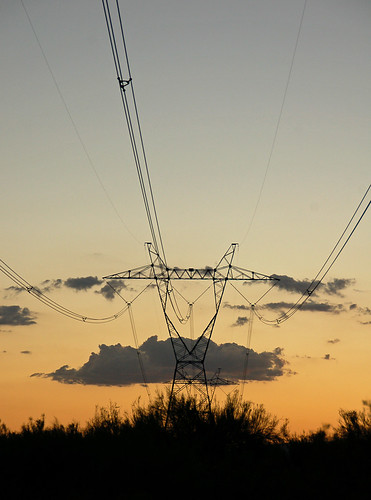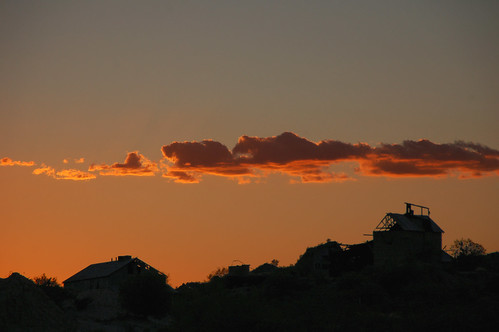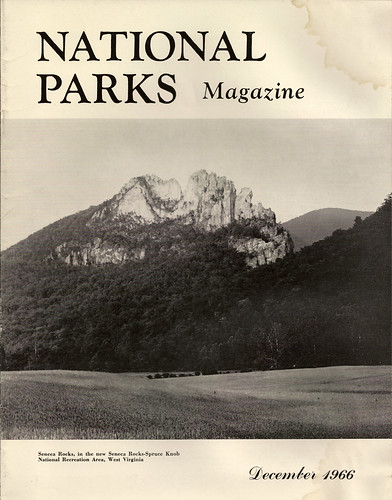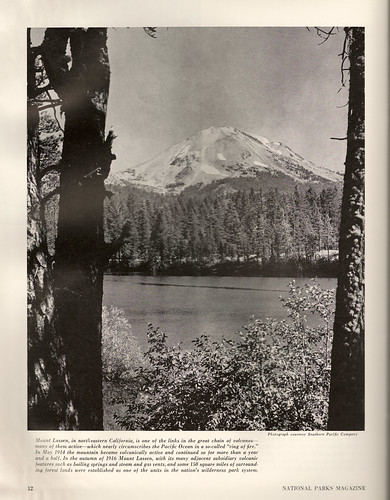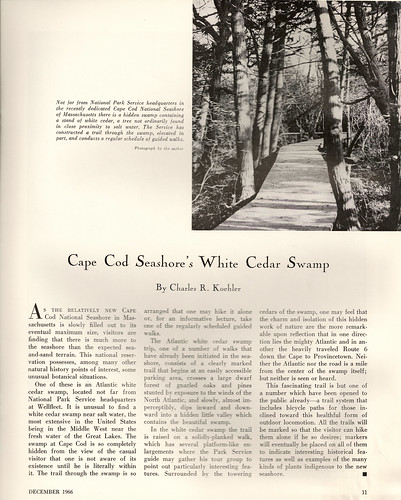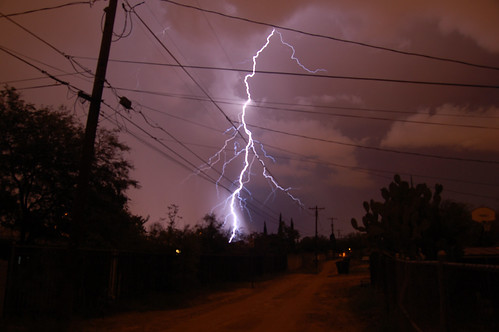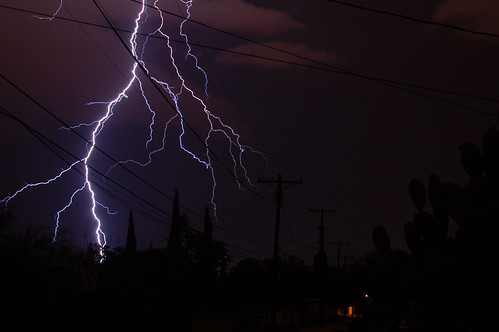The folks over at
Tin House Books recently sent me a copy of
River House by Sarahlee Lawrence. In the book, Sarahlee faces a conflict that many of us understand - the struggle to find contentment somewhere between what you love to do, where you love to be, and who you need to be with. Sarahlee loves river rafting. By the time she was 21, she had run rivers all over the world and worked as a river guide. Still, though she loves being on the river, she is also drawn home toward her family in the high desert of Oregon. In the book she temporarily gives up running rivers to go home and build a cabin by hand on her parents' ranch.
Over the course of a very cold winter, Sarahlee and her father work relentless to build her a house at her home. When she returns home from adventures to be closer to her family, she finds her counterpart in her father, who is an accomplished surfer; the ocean is to her father what rivers are to Sarahlee. Landlocked for many years, the return of his adventurous daughter makes him question his place as well. It's a story about adventure, family, ecology, and, ultimately, a reflection on how we arrive at happiness.
Sarahlee was obliging enough to answer a few questions for me. Here are my questions with her answers. Oh, and she even included a couple photos of her cabin that follow at the end.
1. "River House" begins in Peru and ends in Oregon. Where were you when you wrote the book?
Much of my book came from journals that I wrote at the time of my travels and through the journey of building my house. I wrote a lot of it in Montana. But finished it in Oregon. What, other than writing, were you doing at that time?
I was breaking horses, running rivers, getting married and divorced, finishing the house, recreating, etc... What are you doing now?
I am an organic farmer. I also still run rivers and travel.
2. You dedicate considerable space in the book to presenting issues that face the Oregon desert and the people who make their lives there. Was bringing attention to these issues a goal when you set out to write the
memoir?
No but it seemed important and very related to what I was doing and why... also, who I am and why. Were they part of the reason you chose to write "River House"?
Nope. I didn't even really choose to write River House. Its just sort of happened.
3. Your relationships with your parents, primarily with your father, comprise the focus of much of "River House." You clearly love them, but you're depictions are also quite honest. Have they read the book? What do they think?
They've both read the book. They are proud of me. The truth is the truth. They are comfortable in their own skins.
4. What was the hardest part about writing "River House?"
Well, probably writing it as I was living it. Not knowing the end or how it would pan out... where was the resolve, when there was so little in real life? How do I write a convincing and satiating ending when there was none? That's what I struggled with the most for sure.
5. You introduce us to many wonderful animals, like your dog, Chyulu, and your horses, Nipper and Meridian. Could you tell us a little more about them?
Well, Chyulu and another black mutt, Abby, spend their days in the field with me. They are my shadows, yet always ahead of me. I still ride Nipper regularly and my boyfriend comes along on Meridian. They both contribute greatly to my compost pile.
One more thing... Sarahlee also runs Rain Shadow Organics, an organic farm in Oregon. She's got a cool blog over there, too, so check it out.

